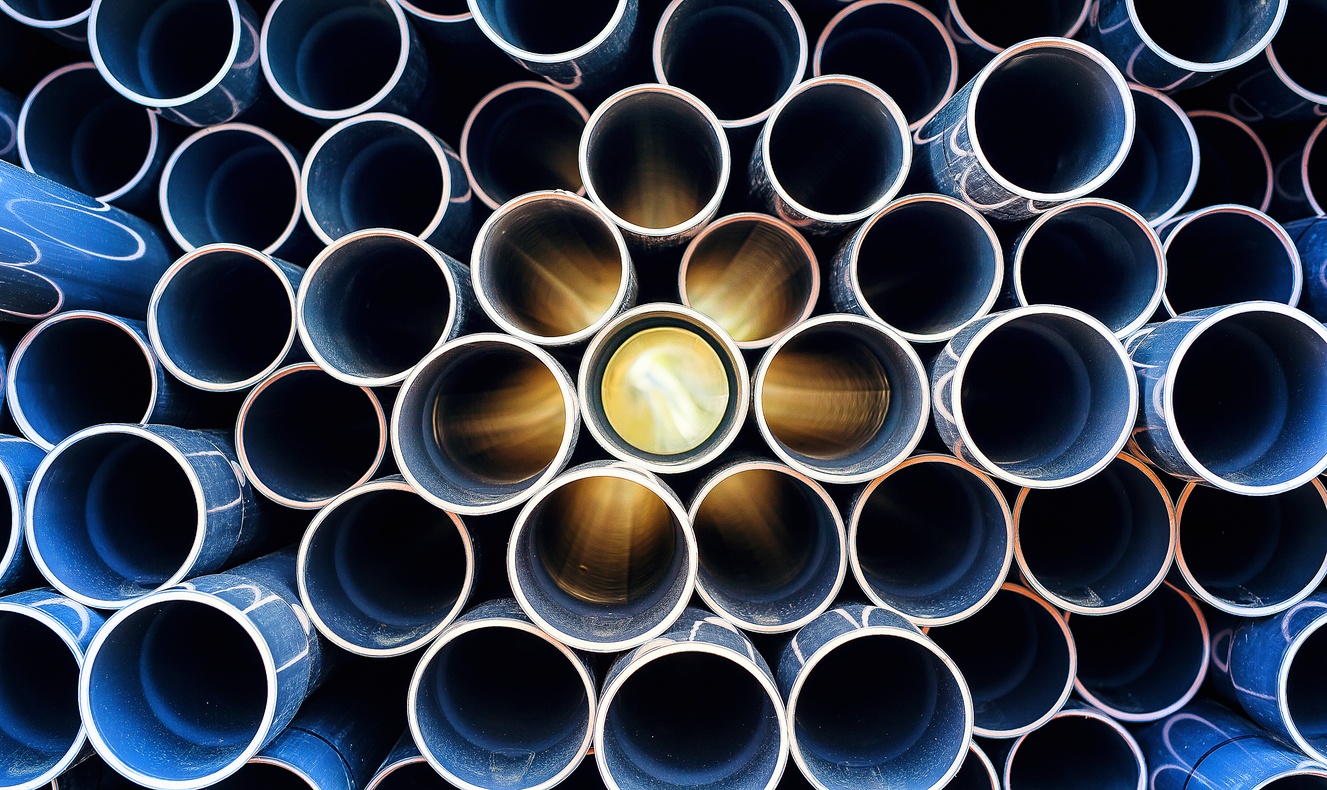Bleed, O-Ring, Flow Rate etc. these are all common plumbing terms that you may hear your local plumber throw-out when explaining an issue, you are experiencing. But what do they mean? We have compiled a list of 20 common plumbing terms to help you make sense of what is going on in your home. The list will help you identify plumbing supply parts of your plumbing system so that you can communicate what issues you are having to a professional.
Aerator:
This is the piece on the tip of a sink faucet. The purpose of the aerator is to divide the water stream slightly and add air to it so that it comes out nicer and neater.
Air Lock:
This occurs when there is an air bubble in the line which prevents liquid from flowing properly.
Auger:
This tool has been nicknamed a “drain snake.” It is the special rod that plumbers use to break of clogs within a drain.
Bleed:
This means to let out any of the excess air that may be in your pipes. To do this you need to release the valve at the end.
Corrosion:
This occurs when the metal parts of your fixtures start to erode. This is a problem because it can cause the fixtures to fail.

Flapper Valve:
This is the object in the tank of your toilet that is lifted when you press the handle. It allows fresh water to flow into your toilet bowl. If your flapper is worn out, then you will most likely experience a toilet that keeps running. This can be done by yourself or by a professional.
Flow Rate:
This one is simple; it is the speed at which a liquid flow through a container (ex. A pipe).
Grey Water:
This is any kind of water waste that comes from a fixture in your home (other than the toilet). Grey water is not consumable for humans because it can carry harmful bacteria.
Ground Water:
This is water that naturally comes from the ground’s water table.
Hard Water:
Water that has a bunch of calcium or other dissolved solids in it. It is not good to use hard water when taking a shower because it produces a film on your hair.
Heating Elements:
In this case we are talking about the elements in your water heater. These elements heat the water upon contact to provide you a hot shower.
ID: This refers to the inside diameter which is what pipes are classified by. You may also here this referred to as the nominal diameter.
O-Ring:
An O-ring can be made of various materials including rubber. It is used to block the path of liquids or gasses.
Pitch:
This refers to slope. Usually, it is used to describe the slope of a pipe.
Plumb:
This means that something is perfectly vertical.
Potable:
This is a term people use to describe water that is safe to consume.
PSI:
Pounds per Square Inch
Shutoff Valve:
This is used to shut off the water supply to a toilet or sink. This is an important thing to know how to use in case your toilet is leaking, or you need to do repairs.
Sump Pump:
This is a useful fixture if your basement is prone to flooding. It collects the water and pumps it out of the house.
Trap:
This refers to the s-shaped fixture under a sink. The purpose of the trap is to prevent sewer gas from coming into your living space. There are multiple kinds of traps but the most common is the p-trap.
These are just 20 of the most common terms used by plumbers which can be helpful for people to know. Knowing these terms will allow you to identify parts that are not working so you can let a professional know exactly what’s wrong. They will also help you fix simple issues on your own which can help save you money. When you are having a plumbing problem and do not know what to do to fix it then it is best to reach out to a professional plumber for help.






